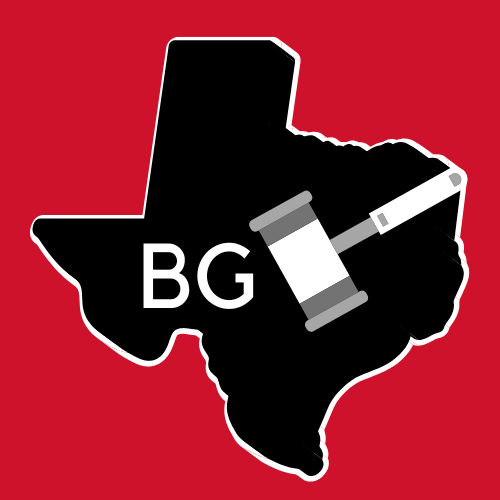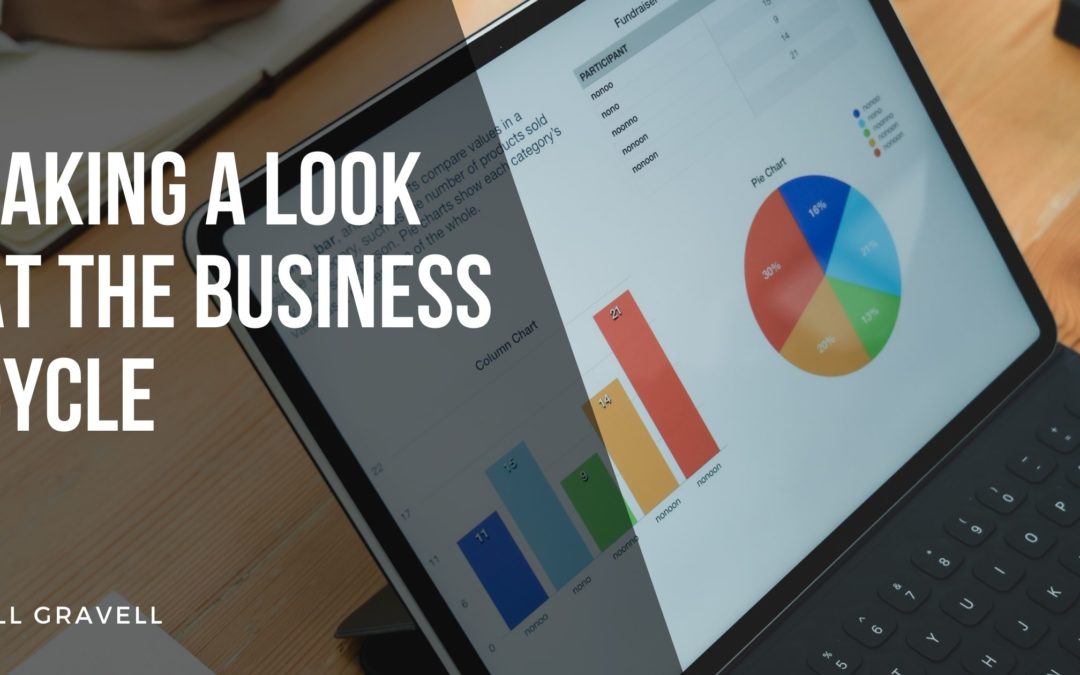What Is a Business Cycle?
A business cycle is a type of economic activity that occurs when the country’s long-term growth rate changes. It explains the contraction and expansion of economic activity that the economy experiences over time. A business cycle can be completed when the economy experiences a single boom and then a single contraction in sequence.
The length of a business cycle is determined by the period of time that it takes to complete its sequence. A boom refers to a period of rapid economic growth, while a recession is a period of relatively stagnated or negative growth.
The Stages of a Business Cycle
- Expansion
The first stage of a business cycle is expansion. This stage is characterized by an increase in various economic indicators such as income, employment, and output. During this stage, businesses and individuals are able to pay their debts on time and are able to maintain their financial position. This process can continue as long as the economy is in favorable conditions.
- Peak
The economy enters the second phase of the business cycle when it reaches a saturation point. This stage is characterized by an increase in various economic indicators such as income, employment, and output. However, the growth rate does not continue, and the prices are at their highest levels.
- Recession
The next phase of the business cycle is the recession, which is characterized by a decrease in the demand for goods and services. This phase is caused by the lack of effective producers, which creates a surplus of supply in the market. All of the positive economic indicators, such as income, output, and employment, start to fall.
- Depression
The increase in the unemployment rate is a sign that the economy is entering a depression.
- Trough
The growth rate of the economy is negative during the depression stage, and it continues to decline until the prices of various factors and the demand for goods and services reach their lowest point. This phase is referred to as the negative saturation point of the economy. At this point, the country’s national income and expenditure are severely depleted.
- Recovery
After reaching the trough, the economy begins to recover and eventually enters the recovery phase. This phase is characterized by a turnaround in the economy, which leads to recovery from the negative growth rate. The demand for goods and services begins to increase due to the low prices. This increase in supply also leads to a rise in production and employment levels. The positive attitude of the population towards investing additionally contributes to the growth of the economy.

